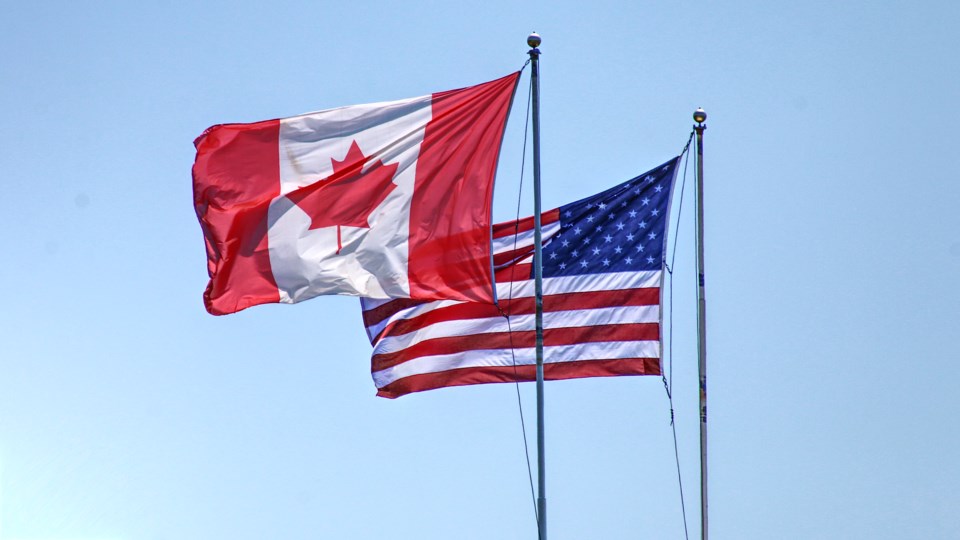New data from multiple sources show that the trend of British Columbians travelling less across the border to the U.S. is continuing–by land and by air.
Data from the Cascade Gateway Border Data Warehouse identifies this trend has been in effect for six consecutive months on a year-over-year basis.
It tracks southbound traffic by vehicles with B.C. licence plates at four land-border crossings and found a 28-per-cent annual decline in crossings in July: from 187,661 to 135,620.
This follows year-over-year monthly declines in that traffic of:
- 43 per cent in June;
- 47 per cent in May;
- 51 per cent in April;
- 43 per cent in March; and
- 29 per cent in February.
This is part of a larger trend of Canadians avoiding travel to the U.S.–perhaps in part as a reaction against U.S. President Donald Trump’s policies and threats to Canadian sovereignty.
The Vancouver Airport Authority this week released data for June that found a 4.6-per-cent rise in overall passengers year-over-year but a 1.1-per-cent decline in travel on flights between that airport and American destinations.
Other ways of tracking travel similarly show fewer Canadians in the U.S.
According to Airalo, which sells eSIM cards for electronic devices, demand from Canadians for U.S. eSIMs is down 28 per cent since November 2024.
The company this week told BIV that there was a 16.3-per-cent decline in demand for those eSIMs in the last three months of 2024, followed by a steeper 26.1-per-cent drop in the first three months of 2025.
Flair Airlines CEO Maciej Wilk told BIV in late July that he has heard some speculate that visits to the U.S. have fallen off a cliff, but the reality is more nuanced.
“Don't get me wrong–this is still a very significant drop, and this requires a reaction,” he said. “However, it's not that the transport market has collapsed entirely.”
He said his airline was one of the first in Canada to react to this market shift, and that in late February and early March it “redeployed a lot of our capacity to mostly the Canadian domestic market.”
One change, for example, was to increase its frequency between Vancouver and Calgary to five times per day, up from three times per day.
Reductions in flights to the U.S. included halting its seasonal flights to Palm Springs before April, instead of in April, Wilk said.
The pivot has not been a complete shutdown.
“We suspended Palm Springs and Phoenix, but we're still flying to Fort Lauderdale, to Orlando, to Los Angeles and to San Francisco, so all of those destinations are staying.”
Other airlines have done similar things.
Air Canada’s, for example, launched inaugural flights between Vancouver International Airport and Manila on April 1, and its executives spoke about reducing U.S. flights during a call with analysts earlier this year.
The airline’s non-stop Vancouver route to Washington, D.C., for example, no longer exists.
Instead that route has been “modified” so it can be done via a stop in Toronto, Air Canada spokeswoman Angela Mah told BIV in April.
Bluesky.com/glenkorstrom.bsky.social



